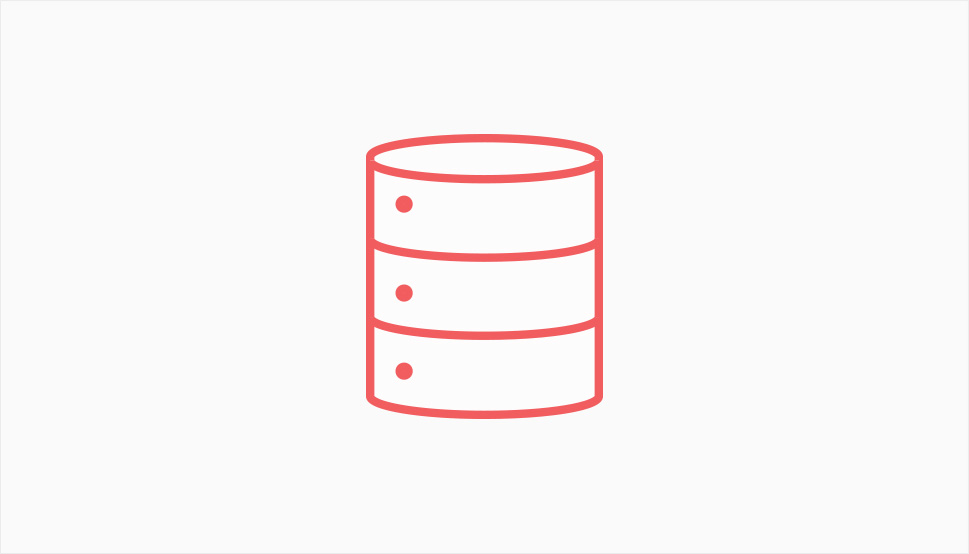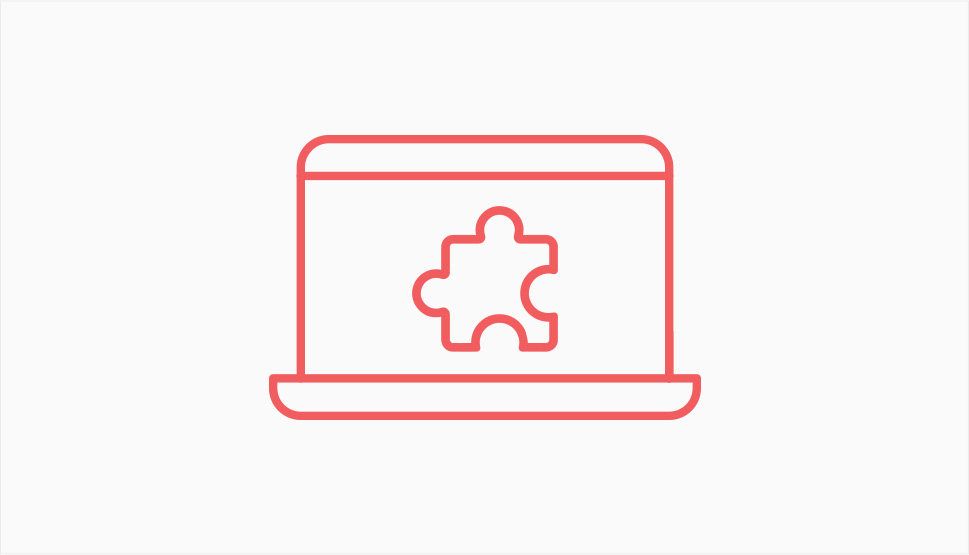How to Improve Your Mobile Page Load Speed in WordPress

When building a WordPress site, there are many different things to consider. For one, you need to pick a reliable web hosting provider. Then you need to have a website design that is user-friendly and reflects your brand at the same time. Also, you need to ensure your website has clean, well-organized, and intuitive website navigation. Finally, you need to take care of your website’s search engine optimization and use different SEO tactics to rank higher in SERPs. And still, there is one other important thing that is so easy to overlook during this entire process – and that is optimizing your website for mobile.
Mobile page load speed falls among the more important factors for a high ranking on Google. Namely, since most web users browse Google from their mobile device nowadays, Google has switched to mobile-first indexing of all new websites in July 2019. This essentially means that Google mainly uses the mobile version of website pages for indexing and ranking. That being said, a study by Backlinko performed in 2019 reveals that it takes an average of 27.3 seconds to fully load a page on mobile. And quite frankly, no one has the time to wait that long, so it’s needless to say that with each new second, bounce rates get progressively higher.
So, we’ve decided to conjure up a list of tips you can use to improve the mobile loading speed of your WordPress site. By doing so, you will be able to reduce your website’s bounce rate and also boost your click-through rates and conversions, so make sure to read on:

By using caching on your WordPress site, you allow some of your content (like JavaScript, CSS, HTML, and images) to be stored as cache files in the user’s browser once they visit your website for the first time. This means that these stored files will allow your page to load faster when the user visits your page again. Thus, it’s easy to see how caching can enhance the speed of your entire site and, by extension, boost the user experience of your visitors as well.
There are some great caching plugins available you can use to help speed up your WordPress site, like W3 Total Cache, WP Fastest Cache, and LiteSpeed Cache, to name a few. Most of these plugins also come with mobile caching support, so we highly recommend using one of them to ensure that your website pages perform well when viewed on mobile devices.
With all this being said, sometimes caching can cause some unexpected issues, like showing the old, cached copy of your site after you’ve made some significant changes or site updates. For that reason, we also recommend that you clear your WordPress cache from time to time. Luckily, many of the caching plugins we recommended above also come with the ability to clear your site cache as well.

The most common reason for having slow sites are images that are too big in size. Therefore, optimizing your images for the web is crucial if you want to significantly boost your page loading speed. That being said, you should do this by resizing your image files in a way that ensures that their quality is left intact.
One of the best photo editing tools for this task is Photoshop as it comes with plenty of useful features while allowing you to optimize your images without ruining their quality. Namely, by using the Save for Web option, you will be able to easily change the image file type to one of the more speed-friendly types. You will also get to choose your image quality, dimensions, reduce image blur, and more.

It’s quite simple – the older your website gets, the more files your database has. Many of these files are completely unnecessary for your site and may very well reduce your mobile website speed. We recommend using one of the available database plugins, like WP-Optimize. Aside from helping you clean your database, the plugin also caches your site and compresses your image files.
Finally, we suggest regularly backing up your WordPress database so that you can easily roll back to the previous database version in case anything goes wrong. After all, by maintaining a healthy database, you also ensure that your website is well-optimized and that its performance isn’t jeopardized in any way, which is always a plus for your page speed as well.

The importance of choosing the right WordPress theme when creating your WordPress site cannot be emphasized enough. Fortunately, nowadays, there are many available free and premium WordPress themes that come with fully responsive layouts, making sure all your website content is flawlessly displayed on mobile devices. Plus, many of them come with so many flexible features and functionalities that allow you to build virtually any type of website in WordPress. Plus, there are many different kinds of themes available – from blog and magazine and business templates all the way to online portfolio themes to templates suitable for food & restaurants. You just have to pick the theme that best suits your particular niche and then go from there.

There are many different ways in which bad plugins can jeopardize your mobile page speed. Some of them could be outdated, poorly coded, or you may simply have too many plugins – many of which have features you may not even need – that could be clogging up your data. So, we suggest being very careful about the plugins that you pick and always checking what the plugin reviews say about its speed and overall performance first. Reviews that can be found in the official WordPress plugin repository may prove to be quite useful.
Now, while our suggestion can come off as contradictory since we’ve recommended many different plugins for boosting the mobile page speed of your site, this is something you will have to decide on your own. In other words, you have to prioritize and determine which plugins are necessary for you to use and uninstall the plugins you don’t really need. Once you do so, make sure that you regularly update all the plugins you decide to keep on your site. Namely, many plugin updates contain bug fixes that can contribute to your website’s security as a whole.
Last but not least, we suggest running a speed test using one of the available speed test tools (like Pingdom, for example) before you install a plugin. Then, you should repeat the process right after installing it. This will help you determine the impact your plugin makes on your site speed and decide whether it’s worth keeping or not.

If you lead an active blog and receive many comments in general, you might want to consider adding a Load More Comments button to your WordPress posts. You can try out one of the plugins that are also widely used to get the most out of your blog comments, like wpDiscuz. Aside from coming with many other useful features like the ability to use lazy load on scroll (which can also help boost your page speed) and multi-level comment threads, this plugin will also allow you to use and add an Ajax “Load More Comments” button instead of using a comments pagination.
Conclusion
Improving the mobile page load speed of your WordPress site is one of the best things you can do to boost your mobile conversions and enhance the overall user experience of your visitors. Still, there is no one tried-and-true method that will bring you instant gratification. Try using and combining most of the steps we’ve suggested above and then continue to maintain your website health and optimize its performance. Only then will you be able to make the most out of your efforts.



